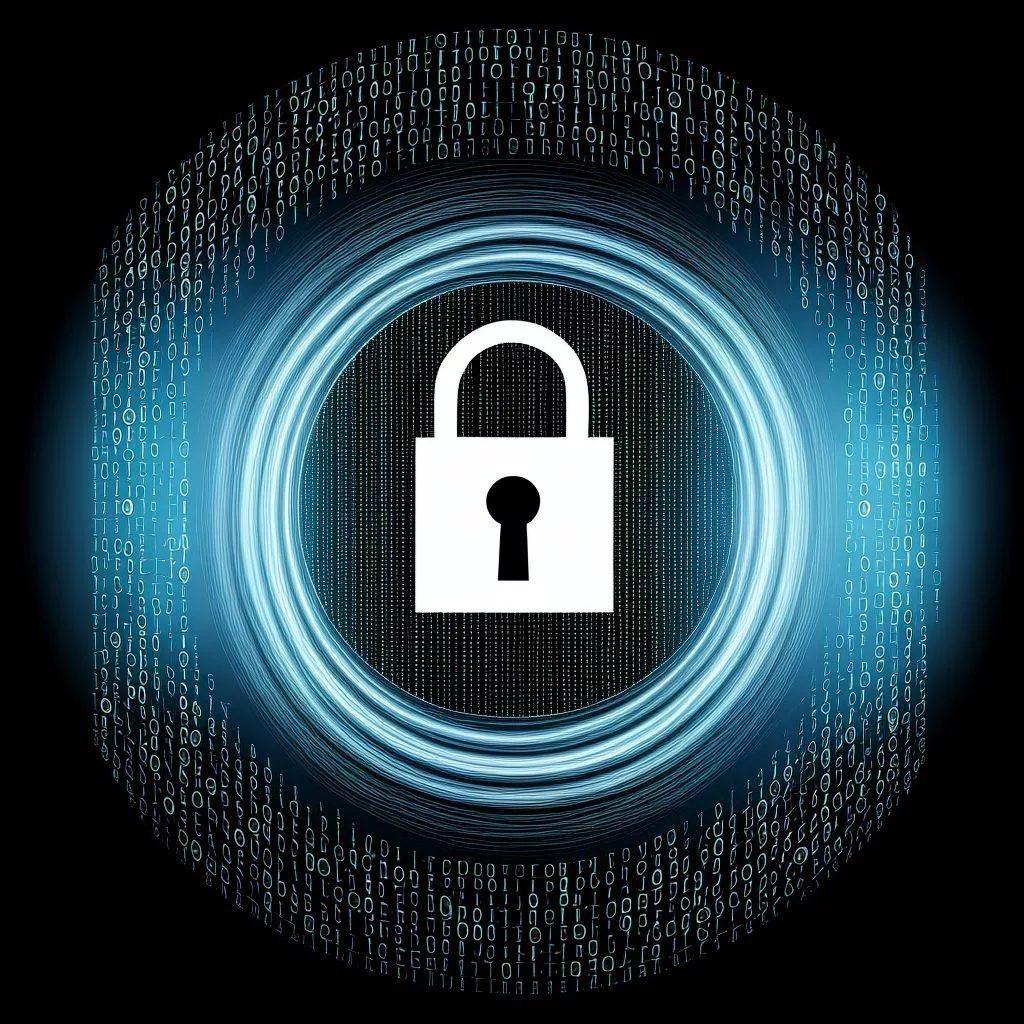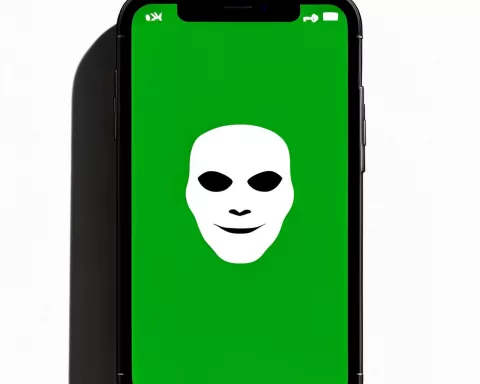The Cell C data breach is a big wake-up call about how important cybersecurity is in our digital lives. It shows that companies need to teach their users how to protect their personal information and be clear about what’s happening when things go wrong. After the breach, Cell C stepped up by creating an Information Hub to help users understand cyber threats and encouraging them to sign up for Protective Registration to guard against fraud. This situation reminds us that staying safe online is not just about technology; it’s also about being smart and aware.
What are the lessons learned from the Cell C data breach?
The Cell C data breach highlights essential lessons in cybersecurity, including the importance of user education, transparency from companies, and proactive measures like Protective Registration. Organizations must prioritize robust defenses and foster a vigilant community to effectively combat evolving cyber threats.
The Breach and Initial Response
In our increasingly digital world, cybersecurity remains a critical concern, underscored by the recent data breach at Cell C, a prominent telecommunications provider in South Africa. This incident underscores the vulnerabilities that organizations face in an interconnected digital ecosystem. The breach, orchestrated by the infamous group RansomHouse, involved unauthorized access to specific segments of Cell C’s IT infrastructure, leading to the exposure of sensitive user data. This incident serves as a stark reminder of the potential risks associated with digital interconnectivity and the importance of robust cybersecurity measures.
In the wake of the breach, Cell C has taken significant steps to fortify its defenses and educate its users on safeguarding their personal information. One of the company’s primary responses was the launch of an Information Hub, a dedicated platform aimed at informing users about cyber threats. This resource offers essential tips on avoiding fraud, phishing attempts, and identity theft while addressing common questions related to the breach. The Information Hub is a testament to Cell C’s commitment to user protection and transparency.
Cell C’s swift response also involved engaging cybersecurity experts to monitor the compromised data for any signs of misuse. By collaborating with authorities and security specialists, the company aims to enhance the integrity of its systems and reassure its users. This proactive approach highlights the importance of vigilance and the need for continuous improvement in cybersecurity practices.
Educating and Empowering Users
The launch of the Information Hub is a strategic move by Cell C to empower its users in the fight against cyber threats. The content provided on the Hub is designed not only to inform but also to educate users, fostering a more vigilant and informed community. This initiative reflects a broader trend towards transparency and information dissemination in times of crisis, reminiscent of historical shifts towards knowledge and education as tools for empowerment.
Cell C encourages its customers to apply for Protective Registration with the South African Fraud Prevention Services (SAFPS), a crucial recommendation aimed at mitigating the risks of fraudulent activity. This complimentary service alerts credit providers to exercise caution when verifying identities, effectively countering the potential misuse of compromised data. The initiative is akin to historical protective measures, such as the establishment of fire codes in urban planning following catastrophic fires, illustrating the importance of preventive action in response to emerging threats.
For users interested in applying for Protective Registration, Cell C provides clear and accessible instructions. Customers can apply online by visiting safps.org.za, download the PR Application Form, and email it with the necessary documents, or request a call-back from an SAFPS agent. This multi-faceted approach ensures that all users, regardless of their technological proficiency, can access the service. Within 48 hours of submission, SAFPS issues a Protective Registration reference number and a Victim of Impersonation letter, aiding future credit providers in verifying identity and enhancing protection against fraud.
The Human Aspect of Cybersecurity
Cell C’s actions highlight the understanding that cybersecurity extends beyond technological measures; it is fundamentally a human issue. The company emphasizes that neither SAFPS, Cell C, nor legitimate financial institutions will ever request passwords, PINs, or one-time passwords (OTPs). This reminder is crucial in an era where social engineering attacks are increasingly common, exploiting human vulnerabilities to gain access to confidential information.
The telecommunications industry, much like the finance and healthcare sectors, is a prime target for cybercriminals due to the valuable data it holds. Breaches in this sector can have far-reaching consequences, necessitating not only robust technological defenses but also a cultural shift towards greater awareness and proactive behavior among users. Cell C’s response to the breach and its aftermath can be viewed as part of a broader movement towards corporate responsibility in the digital age.
Companies are increasingly recognizing their role in protecting users and are taking steps to ensure transparency and trust. This shift mirrors the rise of corporate social responsibility (CSR) in the late 20th century, where businesses began to acknowledge their impact on society and took steps to mitigate negative effects while promoting positive ones. The historical context of such actions highlights the need for contemporary reforms to address the challenges of the digital economy.
Historical Parallels and Modern-Day Reforms
The importance of vigilance and proactive measures in the face of cyber threats cannot be overstated. As we navigate the complexities of the digital era, it is essential to draw lessons from history and apply them to our current challenges. The steps taken by Cell C offer a blueprint for other companies facing similar issues, emphasizing transparency, user education, and proactive protection.
The establishment of Information Hubs, user education initiatives, and collaborations with cybersecurity experts are modern-day equivalents of the labor laws, safety regulations, and public health campaigns of the past. These measures reflect a recognition that the digital age, much like the Industrial Revolution, requires robust protections to safeguard the interests of the digital workforce.
Reflecting on the current emphasis on cybersecurity and personal data protection, one cannot help but draw parallels with artistic movements that emerged in response to societal changes. The Romantic era, for instance, emphasized individualism and emotion as a counterpoint to the rationalism of the Enlightenment. Similarly, the current focus on cybersecurity can be seen as a counterpoint to the rapid, often unregulated, expansion of the digital age.
The Cell C data breach serves as both a cautionary tale and a call to action, highlighting the critical importance of cybersecurity in our digital age. Companies must take proactive measures to protect their users, ensuring transparency and fostering trust. By launching the Information Hub and encouraging Protective Registration with SAFPS, Cell C sets a standard for user protection in the telecommunications industry.
As we continue to navigate the digital era, it is imperative to remain vigilant and proactive in the face of evolving cyber threats. By drawing lessons from history and implementing contemporary reforms, we can create a safer digital environment for all. The actions taken by Cell C provide valuable insights and a roadmap for other organizations to follow, emphasizing the importance of education, transparency, and proactive protection in the fight against cybercrime.
What was the Cell C data breach about?
The Cell C data breach involved unauthorized access to specific segments of the company’s IT infrastructure by the cybercriminal group RansomHouse, leading to the exposure of sensitive user data. This incident highlights the vulnerabilities organizations face in today’s interconnected digital ecosystem.
What measures has Cell C taken following the breach?
In response to the breach, Cell C launched an Information Hub to educate users about cyber threats, including fraud and identity theft. They also encouraged users to apply for Protective Registration with the South African Fraud Prevention Services (SAFPS) to mitigate risks of fraudulent activity.
How can users apply for Protective Registration?
Users can apply for Protective Registration by visiting the SAFPS website at safps.org.za. They can fill out the online application, download the PR Application Form and email it with the necessary documents, or request a call-back from an SAFPS agent. Once submitted, users will receive a Protective Registration reference number within 48 hours.
Why is user education important in cybersecurity?
User education is crucial because cybersecurity is not just about technology; it’s fundamentally about people. Educated users are more aware of potential threats like phishing and social engineering attacks, enabling them to better protect their personal information and respond appropriately to cyber threats.
How does the Cell C incident reflect broader trends in corporate responsibility?
The Cell C incident underscores a growing recognition among companies of their role in safeguarding user data. This mirrors the rise of corporate social responsibility in the late 20th century, where businesses became more accountable for their impact on society, emphasizing transparency and trust as critical components of customer relations.
What can other organizations learn from the Cell C breach and response?
Other organizations can learn the importance of proactive measures, user education, and transparency in addressing cybersecurity challenges. Establishing information hubs, engaging with cybersecurity experts, and fostering a culture of awareness among users are essential steps that can enhance overall cybersecurity resilience in the digital age.












